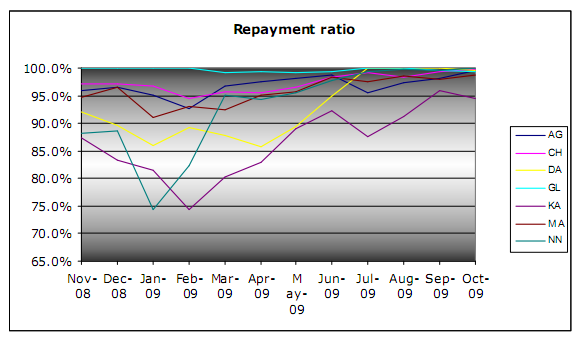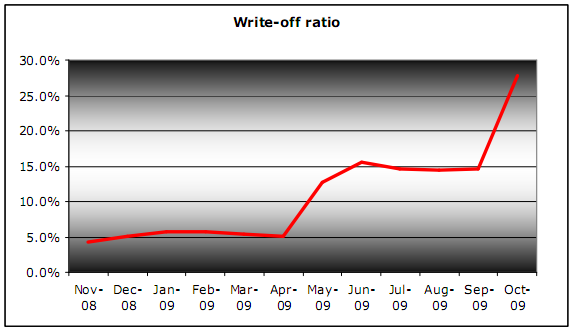We’ve just updated our review of our top-rated organization, VillageReach. (Our July 2009 version is still available for posterity.) The big picture remains the same – we feel this organization has a stronger case for cost-effective impact than any other charity we’ve seen – but there have been changes in VillageReach’s financial situation and plans, as well as substantial new information on its answer to the “room for more funding” question.
Ultimately, VillageReach has answered this question in what we consider the “ideal” way: by specifically outlining its projected activities, and outputs, at different levels of projected revenue.
- VillageReach’s top priority for unrestricted donations is to reactivate its pilot logistics project in Cabo Delgado (the Mozambique province where the project was carried out) and part of Niassa (a neighboring province).
- It currently has enough funding to expand into one or the other (Cabo Delgado or part of Niassa).
- About $400,000 in additional funding would close the full gap needed to expand into both over the next year. An additional $1.2 million in needed funds are projected over the full 3 years.
- Beyond that point, VillageReach has committed to expand into additional provinces at a cost of about $1 million per year.
- Thus, if VillageReach brings in over $1.5 million in unrestricted donations, we will expect to see it planning further expansion of its logistics program in Mozambique. If it brings in over $2.5 million over the next year, we will likely suspend our recommendation on the basis that it has as much funding as it can productively use.
(Full details available at our discussion of VillageReach’s future activities.)
We know that these numbers are projections, and subject to significant change and error. But what’s valuable about them is that they’re specific enough, and concrete enough, that VillageReach can be held accountable. Based on how much revenue it brings in, we know which activities we can expect it to carry out. This is a truly meaningful projection of the “impact of your donation.” It’s a picture of organization priorities, which can be checked over time (“we will do X if we get $Y”), instead of a discussion of how “your” funds are allocated, which we ultimately can’t see a way to verify in the face of concerns about fungibility.
It’s interesting to me how much work it took to get to this point. When we originally asked VillageReach for “funding gap analysis,” it provided a picture of the minimum amount of funding it would need to continue activities (the October funding gap memo (PDF)). It seems to us that funders often ask the question “Is your organization stable? Are there other funders contributing here?” but rarely ask the question “What is the maximum amount of funding you can productively absorb?”
But we don’t ultimately see why analysis like this should be so rare. The final product here is simple. It’s a matter of being clear about organizational plans and priorities – it doesn’t involve nearly the same kind of complexity and expense as, for example, gauging the impact of past activities.
We feel that it’s feasible for almost any charity to provide substantive, useful, relatively simple information answering “How will future donations be used?” The reason few charities provide it seems to be that few donors push for it.



